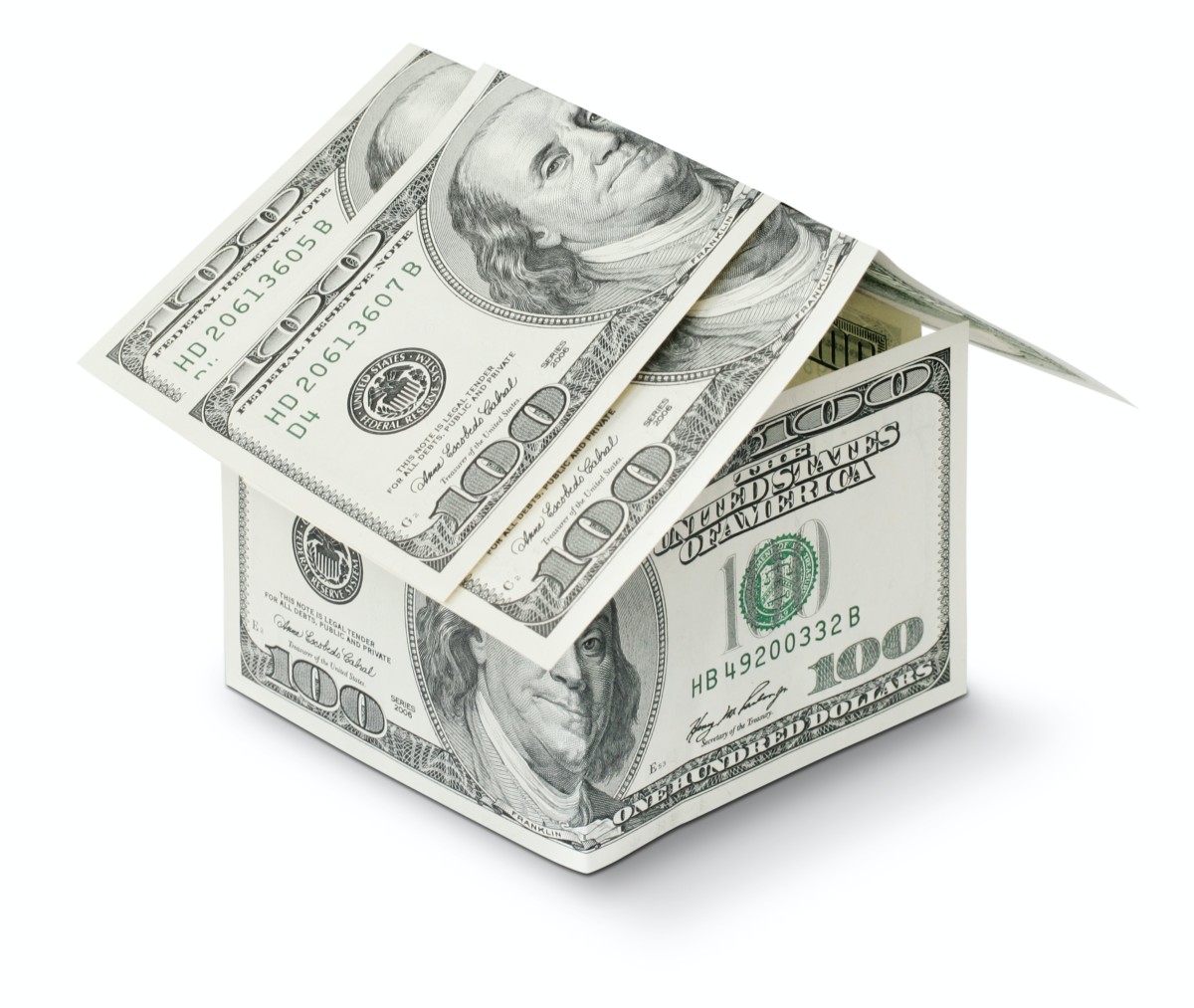Prices are up almost everywhere – from food, to gas, to home prices. In February 2012, the nationwide median sale price of a house in the U.S. was $160,000. More than ten years later, that number is up to a record $423,000. Homes in markets like Seattle, WA, regularly face bidding wars, while nationwide, nearly 6,000 have sold for $100,000 or more above asking price this year. Home prices have been steadily rising for years, but they have dramatically increased in recent months. Why?
There are three major reasons why housing is currently so expensive: limited supply, high demand, and historic inflation rates. The housing market is closely tied to the nation’s economy and has historically been a safe investment option for homebuyers. However, post-pandemic factors have raised average national inflation rates to a historic high of 8.3% in April. Unsurprisingly, inflation influences the real estate market to a large degree, pricing many people out of both homeownership and rental properties.
The government usually combats inflation in real estate by increasing mortgage interest rates, but prices continue to rise regardless. So what comes next? Will inflation cause the market to cool down? Will house and rental prices drop or rise? What does this all mean for homebuyers, sellers, and renters? Let’s find out.
Redfin does not endorse any of the agencies or services mentioned. Redfin strongly recommends that consumers make independently-informed financial decisions that are right for their situation.

What is inflation?
Inflation is the increase in prices over a certain period of time, such as rising home prices or the cost of goods. This means your dollar will not go as far tomorrow as it does today. Many experts and governments consider inflation a key part of a healthy economy when used alongside other economic tools. Because of this, countries often build inflation into their long-term policies. For example, in the U.S., The Federal Reserve (Fed) aims for a 2% inflation rate year over year. As the economy grows and adds more jobs, more money is available for everyone, and consumers acquire more spending power. In this healthy economy, a nation’s money supply and economic growth should grow parallel over a long period. In other words, supply and demand should remain balanced.
The primary cause of long-term inflation is when money supply outpaces economic growth. Too much money means that the nation’s currency slowly loses value, leading to higher prices and slower economic growth. To combat this, monetary authorities manage the supply of money and credit. They also measure the price changes for various products and services to determine inflation rates.
Inflation can balloon due to limited supply, production and distribution bottlenecks, or higher demand during a pandemic or natural disaster.
Types of inflation
When there is an imbalance between supply and demand, it can cause inflation, lowering consumers’ purchasing power. The government measures inflation rates with the Consumer Price Index (CPI) and the Producer Price Index (PPI), which track the prices of a diversified set of goods for consumers and businesses. As the cost of goods goes up, they take the necessary steps to combat inflation.
Three main factors influence inflation: demand-pull, cost-push, and built-in inflation.
- Demand-Pull Inflation: When demand increases but supply remains the same, prices increase. As consumers grow their purchasing power, competition for goods and services grows with it, resulting in higher prices. The sudden popularity of a particular product can also cause demand-pull inflation.
- Cost-Push Inflation: When supply is limited, but demand remains similar, prices get pushed higher. This usually happens during natural disasters or civil unrest. Oil prices are a good example here. When treaties or disasters reduce oil supply, prices go up as demand remains constant.
- Built-In Inflation: This is a healthy form of inflation that persists indefinitely, affecting nearly everything and everyone. As the price of commodities increases, people demand more wages to maintain their standard of living. More pay leads to more spending, which leads to more products and services. Governments often build this long-term inflation into their economic strategies.
Today, as supply falls and demand increases, the U.S. is experiencing both demand-pull and cost-push inflation. This is especially true in the housing market because of historically low supply and high demand. “High inflation is painful,” says John Stoj from Verbatim Financial. “The best way to deal with inflation is to adjust spending and put off major purchases.”

What type of home loan is right for you?
Discover your loan options and secure the right mortgage to fit your needs.
How does inflation affect the housing market?
What type of home loan is right for you?
Mortgage rates typically move in tandem with inflation. Historically, as prices went up, the Fed raised mortgage interest rates, lowering demand and bringing prices back down. Nowadays, because supply is so low and demand is so high, rising interest rates are instead pricing more people out of homes.
Inflation isn’t the only factor that is influencing housing prices. Global supply chain issues, pandemic-induced consumption trends, and zoning issues contribute to the problem.
Robert Altshuler, Esq., associate broker with Valley Luxury Partners, notes that the housing market is different from other assets. “The housing market is unlike stocks or other more liquid asset classes in the economy. In most cases, buying and selling decisions occur in tandem, and a ‘hot’ housing market doesn’t benefit each simultaneously.”
Expert advice: look to the past
Since the 1980s, inflation has been on a fairly steady decline. Now that inflation has come roaring back to multi-decade highs, the Fed is raising interest rates again. This leads to a softer, tighter housing market due to higher mortgage payments. – Rainier Trinidad, CFA, President of Parabolic Asset Management
Higher mortgage rates reduce buying power
Mortgage rates are central to the economy; they react to and influence inflation rates. Mortgage interest rates are also critical in determining mortgage and housing affordability. Many people get a fixed-rate mortgage (most commonly a 30-year fixed APR) which keeps the same interest rate for the entirety of the mortgage. Because of their importance to a nation’s economy, governments often raise interest rates when inflation worsens, which helps curb rising housing costs and lower inflation.
While still relatively low, the 30-year fixed APR mortgage rate is currently 5.39%, compared to 3% a year ago. The higher rate means that homebuyers have to spend hundreds of dollars more per month than they did last year. And, “due to inflation, the house you wanted to buy may now cost $50,000 more than what you have in your budget,” says Sam Rico, CEO of PropertySpark.
“Though mortgage rates have gone up recently, they’re still below the inflation rate, which is quite unusual,” says Dan Kresh, a financial advisor at Creative Wealth Management. “This is part of why the housing market isn’t yet seeing the pullback we have seen with stocks, bonds, and cryptocurrencies.”

What else influences housing prices?
Outside of regional pockets, housing prices in the U.S. are trending upward. Other than inflation, why is this happening? There are multiple reasons:
- Supply: According to Freddie Mac, there aren’t enough single-family homes for those who want them — a shortage of 4 million homes. This is due to fewer people choosing to move out of their current homes and the underbuilding of new houses over the last decade.
- Demand: Demand for housing is high as millennials are in their prime homebuying years. “Buyer demand significantly outweighs the number of homes available in our market,” says Enrique Medellin, Associate Broker at PRG Real Estate. “Because of this, homes are receiving multiple offers, driving up the price.”
- Wealth inequality: Wealth inequality is increasing in the U.S. The wealthiest third of families can afford the few homes that are on sale, pushing prices even higher.
- Pandemic-related factors: People are working from home, which allows them to relocate. Building materials are stuck at ports, on ships, or in a truck. Rent is also increasing dramatically, so those who can afford homes are trying to buy them.
What does inflation mean for homebuyers and sellers?
As prices and interest rates rise, homebuyers can expect to pay more for less, especially in Sun Belt metros, where inflation is rising the fastest. Mortgage rates determine whether or not most people can buy a home. As rates rise, fewer people will be able to afford homes, which will encourage sellers to lower asking prices. However, home prices won’t turn around completely until there are enough homes for those who want them.
If you’re looking to buy a home in the current market, “be more prepared than competing buyers,” advises Brett McGovern, CEO of Bay Equity Home Loans, a Redfin company. “Be pre-approved and have all required documentation ready to go. By working in advance with your loan officer, you will stand out as a qualified and serious buyer able to get the transaction closed quickly. This will allow you to act immediately and confidently when the right opportunity or timing presents itself.”
The tight market can be a good time for sellers and investors to make a profit on their property, provided they can find somewhere else to move. “Although fewer buyers are entering the market this summer due to the higher interest rates, summer has always been the best time to sell your home,” says Capri Ndikum, a real estate agent with Capri Sells Homes. “Homes traditionally sell faster and for more money during the summer.”
Expert advice: buying can still be the better option
Saving for a down payment can be difficult. To help, think about placing funds in stable options like CDs or high-yield accounts to preserve purchasing power. This is because attempting to time the market during inflation’s ups and downs can be challenging. While some may opt to ‘wait it out,’ it’s worth noting that real estate often acts as a buffer against inflation, so staying out of the market for too long may hurt you in the long run. Remember that you can explore refinancing options when interest rates become more favorable. – The team at Augustus Wealth.
Growing interest rates are not ideal, but they shouldn’t completely deter you from buying a home. You should buy a house when you’re ready to become a homeowner, not wait because you are timing the market. Time IN the market is always better than timing the market. – Jason Cummings, a leading Denver, CO, real estate agent.
Inflation and rising interest rates put the squeeze on renters and buyers. However, it still pays to buy instead of renting if you don’t anticipate moving. You lock in your rent and pay yourself a portion of each mortgage payment. This is not 2008. Take heart; there is opportunity ahead. – The team at Fulcrum Financial Group.
What does inflation mean for renters?
There are a few reasons why rent prices are rising so quickly:
- High demand
- An expensive and competitive housing market
- Flexible jobs
- Migration away from coastal cities
- The end of post-pandemic rent freezes and eviction moratoriums
- More wealthy renters
In the current market, these factors are influencing and reacting to inflation. Renting and buying are rising parallel to each other. High housing prices are pricing people out of buying, pushing more people into renting. This drives rent prices higher as demand outpaces supply. In many sunny metros, like Miami, FL, and Las Vegas, NV, rent prices have increased by 20% or more. Until housing prices fall, rent prices are likely to continue rising.

Inflation and house prices: the bottom line
As inflation rises, housing prices rise. The government raises mortgage rates to combat this, as higher rates generally correlate to lower demand, leading to lower housing prices. In the current market, limited supply, great demand, and post-pandemic factors are raising home prices to historic highs.
“There’s not much to be done about present inflation that won’t be painful,” says Daryl Fairweather, chief economist at Redfin. “When the Fed raises interest rates to slow inflation, it hurts borrowers. Higher interest rates make it more expensive to borrow money to buy a home, car, or finance higher education. But we can plan and do the work today to reduce the pain of our next inflation catastrophe.”
What happens next?
Believe it or not, the likelihood is that the housing market will eventually cool down. Even though we can’t predict exactly when, home supply is already beginning to catch up to consumer demand. Eventually, inflation will start to fall as the world untangles supply chain, renewable energy, and production issues. As a result, interest rates will likely fall alongside inflation. Once these things happen, it should improve the situation for homebuyers and renters.



























 United States
United States Canada
Canada